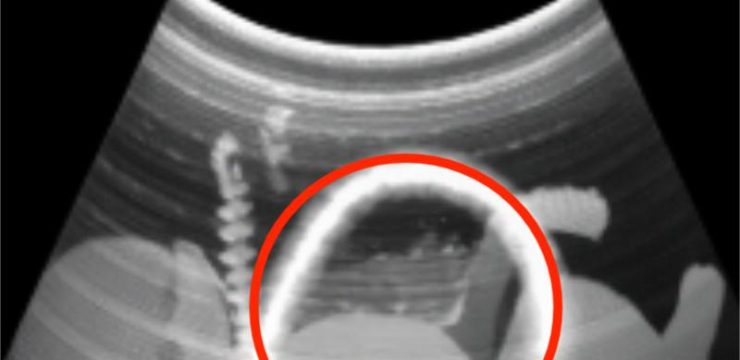When most of us think about flight attendants, we picture them offering drinks, helping with luggage, and making sure passengers are comfortable. But behind the scenes, their role is far more complex and critical. Flight attendants are trained professionals responsible for the safety and well-being of everyone on board. Among the many procedures they follow, one curious action often catches passengers’ attention—sitting on their hands during takeoff and landing. While it may seem strange, there’s a very specific and important reason for this practice.

In a widely shared TikTok video, Cebu Pacific flight attendant Henny Lim explains what’s really happening. According to Lim, this isn’t just a quirky habit—it’s called the “bracing position,” and it plays a vital role in ensuring crew safety during critical moments of the flight. The bracing position involves sitting upright, fastening the seatbelt securely, placing the hands palms-down on the thighs with thumbs tucked in, relaxing the arms, and keeping the feet flat on the floor. This setup is specifically designed to help the body absorb shock and minimize injury in the event of a hard landing or crash.
But that’s not all. Lim also mentions something called a “silent review” that flight attendants perform while in this position. During this time, they mentally run through emergency procedures, review how to operate doors and exits, and stay alert for any visual cues outside the aircraft. It’s a moment of quiet but intense focus, ensuring that the crew is fully prepared to take action if needed. It’s not just about bracing physically—it’s also about bracing mentally.
This safety procedure is supported by aviation regulatory authorities like the Federal Aviation Administration (FAA). According to the FAA, the bracing position is crucial for two main reasons: reducing flailing and minimizing the impact from secondary collisions. In a crash, unrestrained limbs can whip around violently, increasing the chance of serious injury. By keeping their arms and hands close to their body and feet firmly planted, flight attendants reduce their risk of injury and improve their chances of remaining conscious and able to help others.
Additionally, the FAA notes that pressing the head and body against the surfaces they’re likely to hit upon impact helps minimize trauma from secondary forces. In other words, this position helps the body stay as still and protected as possible during a violent jolt.
What’s especially interesting is how flight attendants like Henny Lim and others are using social media platforms such as TikTok to educate the public about these procedures. These behind-the-scenes looks at airline safety protocols help passengers understand just how much preparation goes into ensuring their safety. Other flight attendants, like Destanie and Esther Sturrus, also share content online—sometimes humorous, sometimes eye-opening—about what it’s really like to work in the sky. From stories about bizarre passenger behavior to dealing with emergencies at 30,000 feet, their posts highlight the highs and lows of life as cabin crew.
Both Destanie and Sturrus admit that being a flight attendant can be demanding. They face long hours, time zone changes, difficult passengers, and high-stress situations. Yet, despite these challenges, they love their jobs and are proud of the crucial role they play in air travel. For them, it’s not just a career—it’s a calling rooted in keeping people safe.
So the next time you’re buckling up for takeoff or landing and you notice a flight attendant sitting upright, hands resting on their thighs, seemingly frozen in place—know that it’s not by chance. It’s a carefully practiced position that could make all the difference in an emergency. This subtle action represents years of training, regulation, and an unwavering commitment to passenger safety.
Thanks to social media and the willingness of flight attendants to share their expertise, more travelers are becoming aware of the importance of these procedures. It’s a reminder that while air travel might seem routine, there are dedicated professionals on every flight who are ready to spring into action at a moment’s notice.
So next time you fly, take a second to appreciate the calm confidence of the crew. They’re not just sitting on their hands—they’re preparing to protect you.





